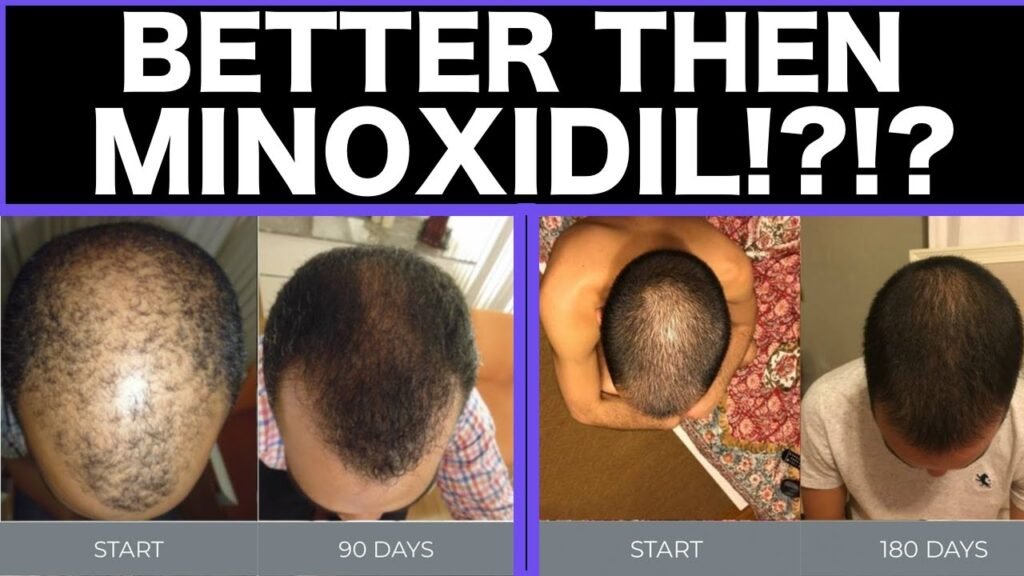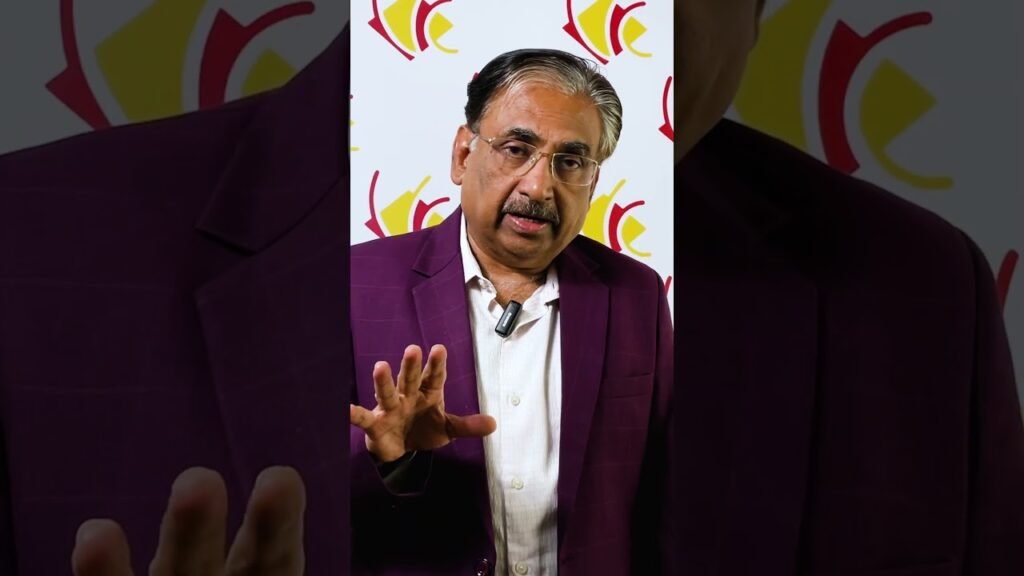Minoxidil alternatives: Minoxidil vs nanoxidil
When exploring hair loss treatments, Minoxidil and Nanoxidil often come up as popular options. While both are designed to combat hair thinning and promote regrowth, they have distinct differences that might influence your choice. Minoxidil, known for its long-standing reputation and FDA approval, is available in various concentrations, typically 2% and 5%. It works by stimulating hair follicles and increasing blood flow to the scalp, which can lead to thicker, healthier hair. However, some users report side effects like scalp irritation and unwanted hair growth on other parts of the body.
On the other hand, Nanoxidil is a relatively newer entrant in the market, developed as an alternative to Minoxidil. It is primarily marketed by DS Laboratories under the brand name Spectral.DNC-N. Nanoxidil boasts a molecular structure similar to Minoxidil but is designed to penetrate the scalp more effectively, potentially reducing the likelihood of side effects. While Nanoxidil does not have FDA approval, it has gained popularity due to its reported lower incidence of side effects and improved absorption.
Key Differences and Similarities
Both Minoxidil and Nanoxidil are topical treatments applied directly to the scalp, and they share the common goal of addressing hair loss. However, the choice between them might come down to personal preference and individual response. Minoxidils efficacy is backed by years of research and clinical trials, while Nanoxidil offers a promising alternative with a different formulation that may be better suited for those sensitive to Minoxidils side effects. Its crucial to consult with a healthcare provider to determine which treatment aligns best with your needs.


